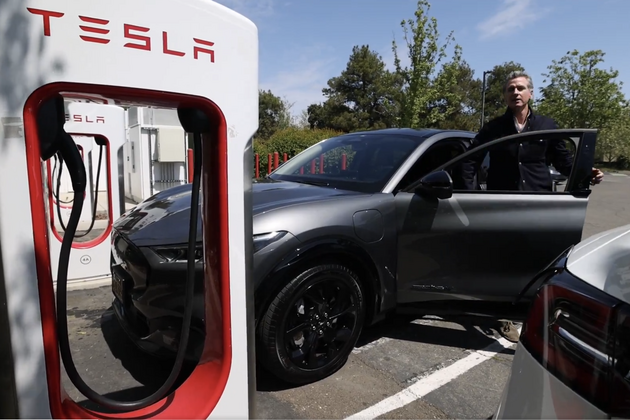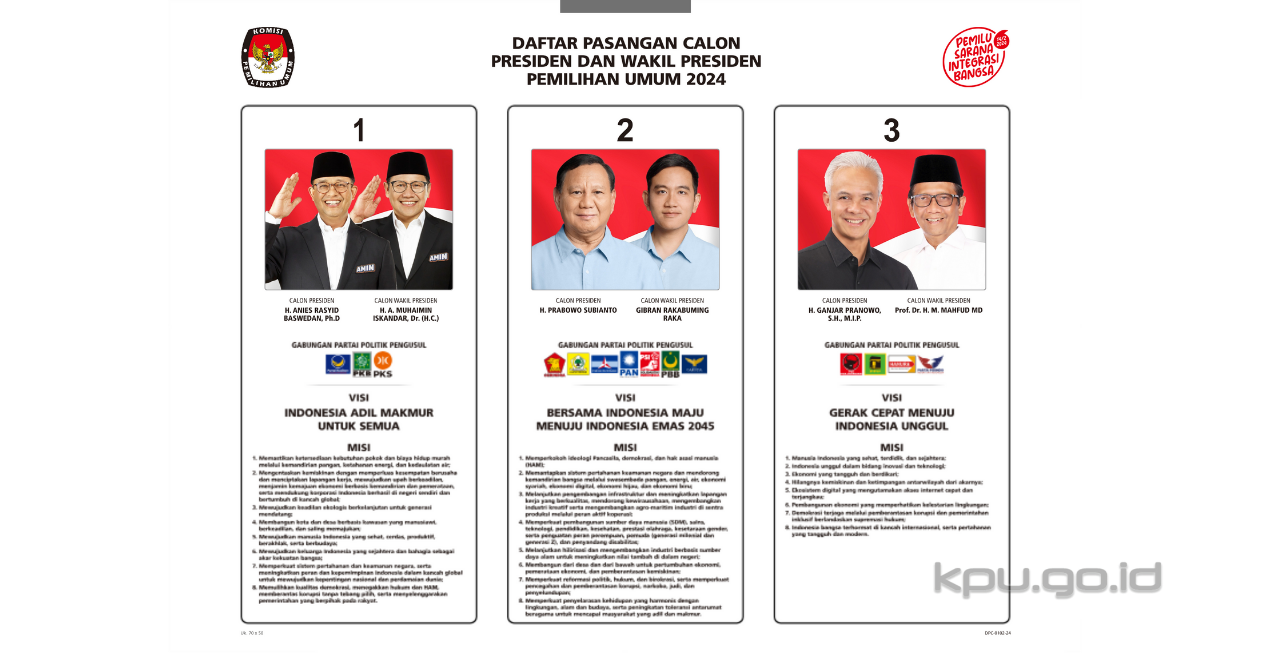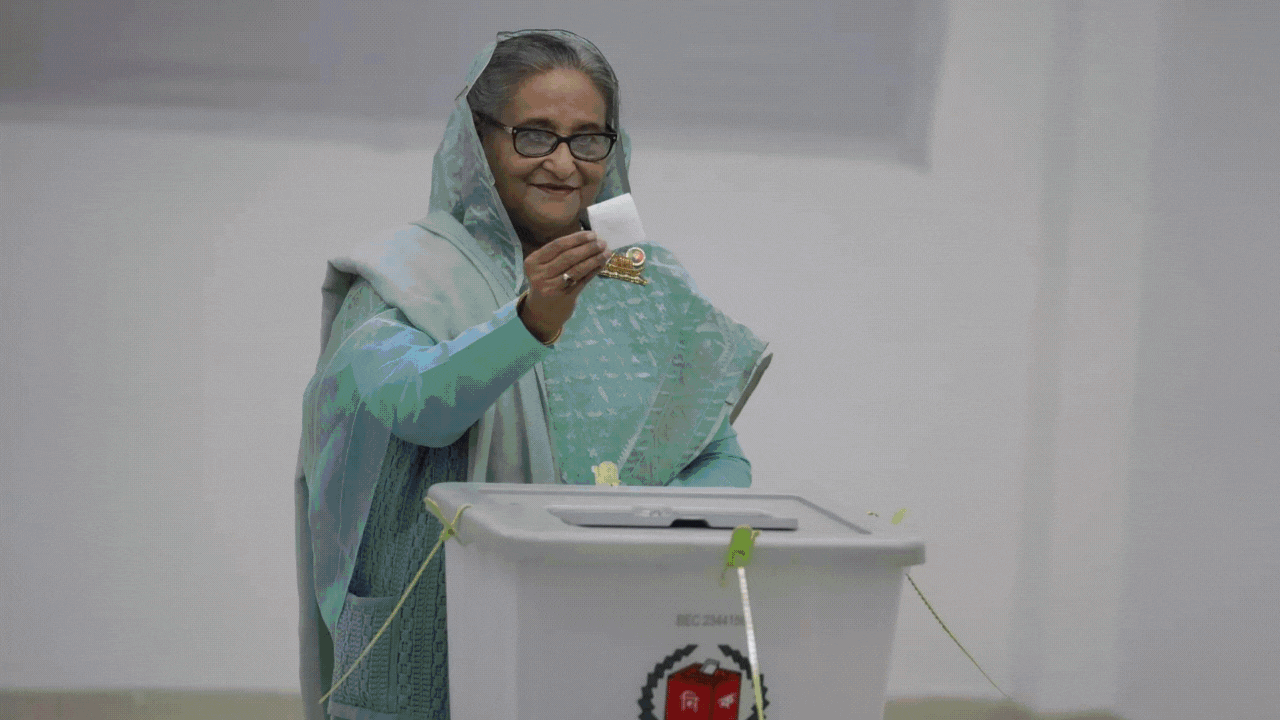EV Mandate Opposition Intensifies: Car Dealers Renew Their Resistance

Table of Contents
Economic Concerns Fueling Dealer Resistance
Dealerships are facing considerable economic headwinds as a result of the rapid push towards electric vehicle adoption. The significant investment required, coupled with uncertainties surrounding the market, is creating widespread anxiety and fueling the opposition to EV mandates.
Investment Costs and Infrastructure
Transitioning to an EV-centric model demands substantial upfront investments from dealerships. This includes:
- High initial cost of EV charging stations: Installing the necessary charging infrastructure is a costly undertaking, requiring significant capital expenditure.
- Need for specialized tools and training for EV repair and maintenance: EVs require specialized tools and trained technicians, leading to increased training costs and the need for new equipment.
- Uncertainty surrounding EV inventory demand and potential for stranded assets: Dealerships risk being left with unsold EVs, tying up capital and potentially leading to significant losses. Accurate forecasting of EV demand remains a challenge.
Profit Margins and Sales Models
The current EV sales model presents challenges to the traditional dealership profit structure.
- Lower service revenue from EVs compared to ICE vehicles: EVs have fewer moving parts, leading to significantly less frequent and less complex maintenance compared to internal combustion engine (ICE) vehicles. This directly impacts service revenue, a key component of dealership profitability.
- Difficulty in forecasting EV demand in the short-term: The fluctuating nature of the EV market makes accurate demand forecasting difficult, adding to the financial risk for dealerships.
- Potential for decreased overall profitability due to higher initial investment and lower service revenue: The combination of high upfront costs and reduced service revenue creates a significant threat to the long-term financial viability of many dealerships.
Lack of Government Support and Financial Incentives
Insufficient government support further exacerbates the economic challenges faced by dealerships.
- Inadequate funding for EV charging station installation: Government funding programs often fall short of the actual costs associated with installing sufficient charging infrastructure.
- Limited financial incentives for dealers to invest in EV infrastructure and training: More robust financial incentives are needed to encourage dealerships to make the necessary investments in EV technology and training.
- Concerns about the practicality and reach of current government incentive programs: Many existing incentive programs are complex, difficult to access, and don't adequately address the scale of the investment needed.
Consumer Demand and Market Readiness
Even with the push for EV adoption, the market isn't fully ready, creating further resistance to EV mandates. Consumer concerns significantly impact the feasibility of rapid electrification.
Range Anxiety and Charging Infrastructure Gaps
Range anxiety and limited charging infrastructure remain significant barriers.
- Lack of convenient and reliable public charging infrastructure: The insufficient density and reliability of public charging stations cause considerable anxiety among potential EV buyers.
- Range anxiety among potential EV buyers: Concerns about running out of charge before reaching a charging station hinder widespread EV adoption.
- Concerns over charging times and ease of access to charging stations: Slow charging times and inconvenient locations of charging stations further deter potential buyers.
High Purchase Prices and Affordability
The high cost of EVs limits accessibility for a large segment of the population.
- High sticker prices making EVs unattainable for many consumers: The higher upfront cost of EVs compared to gasoline vehicles makes them unaffordable for many consumers.
- Limited availability of affordable EV models: The market lacks a sufficient range of affordable EV options to meet the needs of all consumers.
- Need for more government subsidies or incentives to lower purchase prices: Increased government subsidies or tax credits are necessary to make EVs more accessible to a wider range of consumers.
Consumer Education and Awareness
A lack of consumer knowledge regarding EVs also hinders adoption.
- Need for broader public education campaigns on EV benefits and usage: Improved consumer education is crucial to address misconceptions and promote wider understanding.
- Limited awareness of available government incentives and support programs: Many consumers are unaware of the government incentives and support programs available for EV purchases.
- Concerns over the long-term cost of ownership and battery replacement: Concerns about battery lifespan and replacement costs remain a barrier to EV adoption for some consumers.
Regulatory Hurdles and Policy Challenges
Rapidly changing regulations add to the challenges faced by dealerships.
Rapid Pace of Change and Unclear Regulations
Dealerships struggle to adapt to the rapidly evolving regulatory landscape.
- Frequent changes in EV standards and regulations: The frequent changes make it difficult for dealerships to comply and plan for the future.
- Lack of clear guidelines and support for dealerships during the transition: Clearer guidelines and support from regulatory bodies are needed to ensure a smoother transition.
- Difficulties in adhering to evolving EV maintenance and repair protocols: Dealerships face challenges in keeping up with the constantly evolving protocols for EV maintenance and repair.
Balancing EV Mandates with Consumer Choice
Dealerships advocate for a balanced approach that prioritizes consumer choice.
- Concerns over forced transition to EVs before sufficient market readiness: Premature phase-outs of gasoline vehicles are seen as detrimental to both consumers and dealerships.
- Emphasis on maintaining a diverse range of vehicle options for consumers: Dealerships argue for a diverse market that caters to varying consumer needs and preferences.
- Advocating for a phased approach to EV adoption with appropriate transition periods: A gradual transition will allow for a smoother adaptation by both consumers and dealerships.
Conclusion
The intensifying opposition to EV mandates highlights significant challenges facing car dealerships as the automotive industry undergoes its transition. Economic concerns, consumer readiness, and regulatory uncertainties are major drivers of this resistance. Addressing these concerns through increased government support, consumer education, and a more phased approach to EV adoption is crucial to ensuring a smooth and successful transition. Open dialogue and collaboration between policymakers, manufacturers, and dealerships are vital to mitigate the growing EV Mandate Opposition and foster a sustainable future for the automotive industry. Ignoring this widespread concern could hamper the progress toward wider EV adoption and a truly sustainable automotive sector. Let's work together to find solutions that address both the environmental goals and the practical concerns of the industry.

Featured Posts
-
 Giant Sea Wall Dukungan Dpr Terhadap Visi Presiden Prabowo
May 16, 2025
Giant Sea Wall Dukungan Dpr Terhadap Visi Presiden Prabowo
May 16, 2025 -
 Anthony Edwards Loses Paternity Battle Ayesha Howard Granted Custody
May 16, 2025
Anthony Edwards Loses Paternity Battle Ayesha Howard Granted Custody
May 16, 2025 -
 First Up News Key Developments In Bangladesh China And The Caribbean
May 16, 2025
First Up News Key Developments In Bangladesh China And The Caribbean
May 16, 2025 -
 March 22nd Nhl Game Maple Leafs Vs Predators Betting Picks
May 16, 2025
March 22nd Nhl Game Maple Leafs Vs Predators Betting Picks
May 16, 2025 -
 Padres Dominate Giants In Two Game Series
May 16, 2025
Padres Dominate Giants In Two Game Series
May 16, 2025
